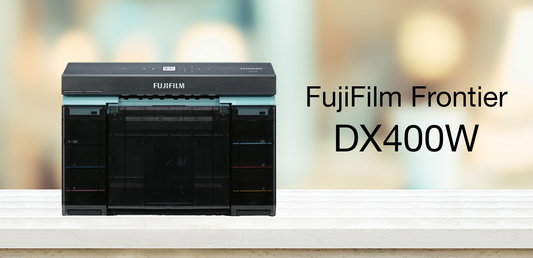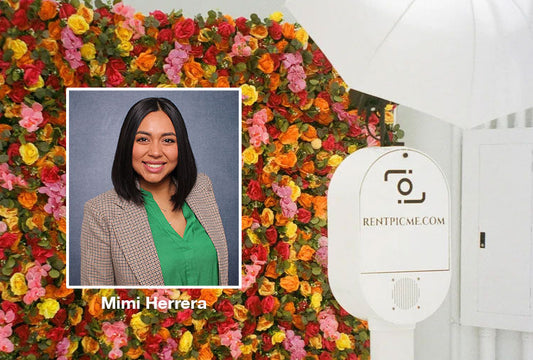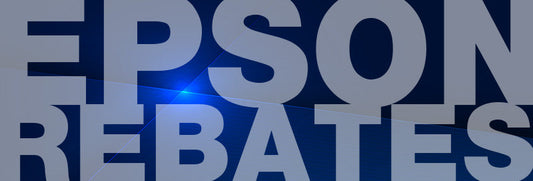OBAs? Alpha Cellulose? Acid free? Cotton rag? What do these words have in common?
They are all important options to consider when purchasing paper for your inkjet printer. Paper is paper, right? No! These days, there are literally thousands of papers available for your printing needs. Here’s a brief rundown of some of the more common terms found when perusing paper choices.
Weight and thickness: Paper weight is measured in grams per square meter, or gsm. Usually the paper on rolls is lighter in weight than that of cut sheet paper. Keep in mind that paper weight does not necessarily correspond to paper thickness! Paper thickness is measured in mil – 1/1000ths of an inch. The term “mil” also corresponds to “points” in graphic designer parlance.
The mil value incorporates the total thickness of the finished paper, including any additives or coatings. Acid free: Paper that has a pH of 7.0 or higher. Example: Epson Velvet Fine Art Paper Lignin free: Lignin is the acidic component in wood pulp. The higher the acid/ lignin content in the paper, the greater the chances of your print yellowing over time. Example: Epson Ultrasmooth Fine Art Paper 100% cotton rag: Paper that is made from fibers of the cotton plant. Cotton paper is well known for its archival nature and resistance to fading or yellowing. Generally speaking, each percentage point of cotton fiber content equals roughly one year of increased resistance to deterioration. Example: Epson Hot Press Natural Paper Resin coated: The most popular photographic paper for inkjet printers. This paper delivers the finish and feel of a lab processed print. It is usually available in a gloss, semigloss or luster finish. Example: Epson Premium Luster Photo Paper Fiber paper: Fiber paper was developed to provide artists and photographers in particular with a museum quality inkjet paper that closely resembles the traditional darkroom fiber print. Inkjet fiber papers have a gloss or semi gloss finish on the printable side with a fiber or alpha-cellulose base , which yields a wonderful smooth printing yet textured surface. These papers are not resin coated and are amazing when used for black and white or sepia toned prints. Example: Epson Exhibition Fiber Paper Optical brightening agents (or OBAs): Refers to paper that has clear or white dye added to make a paper appear “whiter” under certain lighting conditions. Papers with OBAs usually have a bright or “cooler” white surface, while papers without OBAs are natural or “warmer” in tone. Example: Epson Cold Press Bright Paper Coating: Generally speaking, it’s always a good idea to protect your print with a spray coating. Some print surfaces are extremely delicate and can easily show scuff marks or flaking. Remember to spray evenly and lightly. Two or three light coats are more effective than one heavy spray coating. Since this is a lacquer based product, don’t forget to have adequate ventilation and follow all safety precautions. Example: PremierArt Print Shield Spray Finally, we strongly recommend the use of cotton gloves when handling your paper. Many papers can be damaged by dirt or oil from your hands, and there’s nothing more frustrating than having an otherwise perfect print ruined by a mysterious fingerprint!
As always, if you have any questions about inkjet papers, printers or inkjet printing in general, please contact us. 800-342-9294





